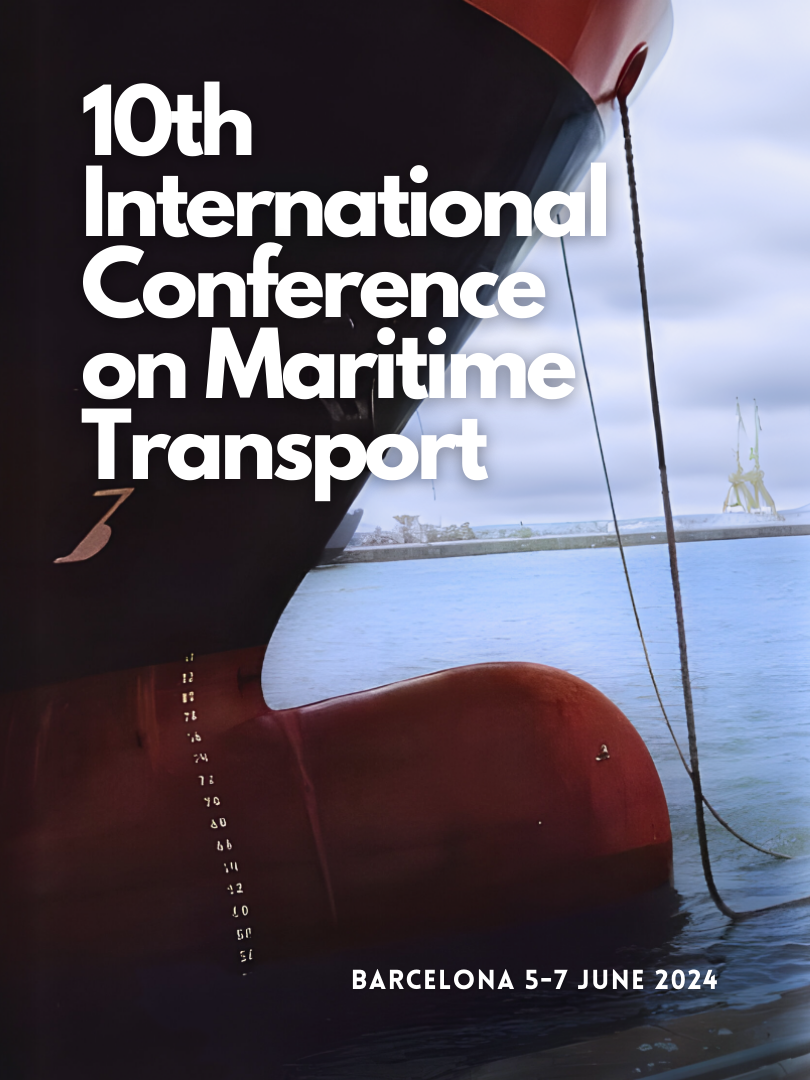SOLVING MARITIME COMMUNICATION CHALLENGES WITH DIGIMAR: A PRACTICAL APPROACH
DOI:
https://doi.org/10.5821/mt.12873Abstract
The European Maritime Safety Agency uses a systematic approach to analyse safety investigations conducted through the European Marine Casualty Information Platform. In analysing the data of accidents reported over the last ten years, nine overarching safety issues have been identified, with "working methods" being a key concern. Two of the areas identified as problematic under this safety issue are bridge resource management coordination and external communication, which are critical areas as communication between bridge team members and ship-to-ship or ship-to-shore communication issues can lead to collisions and groundings. Language barriers, misunderstandings, and ambiguities may contribute to communication failures with pilots, tugboats, and VTS. Based on qualitative analysis of selected marine accidents, this paper presents the problem of poor communication between bridge team members, with pilots, shore services, and others. In response to the challenge of communication at sea, a current Erasmus+ project DigiMar, which deals specifically with maritime communication, is also presented. The project aims to improve communication skills and safety in shipping through a freely accessible digital teaching tool for routine communication at sea. Using open-access, research-based, and ICT-supported teaching tools, the project will focus on self-directed teaching using instructional videos and chatbots that address routine communication at sea. The learner-centred approach will simulate authentic professional situations and move from simple to complex scenarios. The project also aims to develop the digital skills of different target groups, including university teachers, and thus promote lifelong learning in higher education.












